Department of Labor EBSA Enforcement Results and Priorities
Many fiduciaries find audits by the Department of Labor (DOL) mysterious, so it helps when the DOL provides any type of guidance. The DOL’s Employee Benefits Security Administration (EBSA) recently released 2018 statistics for its enforcement of the Employee Retirement Income Security Act of 1974 (ERISA). When combined with EBSA’s recent commentary on its enforcement initiatives, fiduciaries can be better prepared to address compliance issues before a DOL audit. The following is an analysis of the recently released 2018 statistics, as well as a look at the “national enforcement projects” for EBSA investigators. EBSA continues to target its published enforcement priorities, is focusing on major cases, and is recovering higher overall amounts in its investigations. The Voluntary Fiduciary Correction Program also continues to grow.
2018 Statistics compared to 2017
One specific trend to note is the increase of monetary recovery by EBSA. In Fiscal Year 2018, EBSA closed 1,329 civil investigations, with 860 of those cases (64.7%) resulting in $1.1B monetary recoveries for plans or other corrective action. In comparison, during Fiscal Year 2017, EBSA closed more than 1,707 civil investigations with 1,114 of those cases (65.3%) resulting in $682.3M in monetary recoveries for plans or other corrective action. While EBSA closed fewer investigations in FY 2018 than it did in FY 2017, the total monetary recovery from enforcement actions increased by $400M from FY 2017, as detailed in the table below.
| Total Monetary Recoveries | FY 2018 | FY 2017 | Change |
| Total Recoveries | $1.6B | $1.1B | +$500M |
| Recoveries from Enforcement Actions | $1.1B | $682.3M | +$417.7M |
| Voluntary Fiduciary Correction Program | $10.8M | $10M | +$800K |
| Abandoned Plan Program | $33.4M | $27.9M | +$5.5M |
| Monetary Benefit Recoveries from Informal Complaint Resolution | $443.2M | $418.7M | +$24.5M |
While EBSA does not break down the amount of recovery per case, it appears to be focusing its limited resources on its Major Case Initiatives, which is a “national enforcement priority” that directs investigative resources to the conduct of major cases. EBSA has explained that this major-case focus provides the greatest protection of plan assets and participant benefits.
EBSA’s National Enforcement Projects
The following are EBSA’s National Enforcement Projects in which field offices are instructed to place investigative emphasis:
Health Enforcement Initiatives
EBSA has articulated a multi-tiered focus on the administration of health and welfare plans. Common issues include proper plan administration, proper claims payment, service provider fees, compliance with claims procedure rules, and compliance with health care laws under Part 7 of ERISA in stated plan terms and operations. The national initiatives for health enforcement include compliance with the Affordable Care Act (ACA), mental health parity, emergency services, and health service providers’ self-dealing:
- ACA Enforcement: EBSA investigations are examining compliance with applicable provisions of the ACA, which includes market reforms, patient protections, extension of dependent coverage, internal claims and appeals and external reviews and grandfathered health plans. EBSA is also focusing on the coverage of emergency room services in which plans and claims administrators have allegedly avoided giving full effect to the ACA’s emergency services provisions. EBSA is reviewing claim denials based solely on diagnosis without accounting for a participant’s presenting symptoms, as well as claims limiting the coverage of emergency services within a particular timeframe after the onset of symptoms. EBSA also focuses on whether out-of-network claims for emergency services are reimbursed appropriately according to the ACA rules.
- Mental Health Parity and Addiction Equity Act (MHPAEA): EBSA has stated that the recent passage of the 21st Cures Act in December 2016 prompted it to place special emphasis on health plans’ compliance with MHPAEA provisions. Specifically, the Act requires the Department to take additional steps to ensure that group health plans comply with mental health and substance use disorder rules. Furthermore, the Commission on Combating Drug Addiction and the Opioid Crisis, established by the President, recommended in its draft interim report that the Department of Labor vigorously enforce MHPAEA. Through its enforcement efforts of mental health parity noncompliance, EBSA will focus on evaluating treatment limitations that are imposed on benefits to treat opioid addiction and other substance use disorders. EBSA will also review whether any limitations on mental health and substance use disorder benefits through noncompliant cost sharing, benefit limitations, or through administrative practices that enforce neutral plan terms such as medical necessity requirements are applied more stringently to mental health and substance abuse disorders.
- Service Provider Self-Dealing: EBSA continues its long-standing review of undisclosed, hidden, or excessive fees by service providers, including third-party administrators, insurance companies, and pharmacy benefit managers.
- MEWA Enforcement: EBSA is also continuing its long-standing efforts to seek out and shut down abusive Multiple Employer Welfare Arrangements (MEWAs) and to proactively identify known fraudulent MEWA operators to ensure they do not terminate one MEWA just to open another in a different state. To assist in these efforts, ACA authorizes the Secretary of Labor to immediately issue a cease and desist order when fraud is apparent. The Secretary may also seize assets from a MEWA when probable cause exists to believe that the plan is in a financially hazardous condition.
Protecting Benefits Distribution (PDB)
This is a new initiative introduced in 2018 that focuses on ensuring that participants receive the benefits to which they are entitled. This initiative has three components: Terminated Vested Participant Project (TVPP); Distressed Plan Sponsors (previously known as the REACT project); and Custodial Abandoned Plans.More commonly referred to as “missing participants,”EBSA has been tenacious in the last two years under TVPP in auditing to ensure that defined benefit plans maintain adequate records and procedures for contacting terminated participants with vested account balances. EBSA is conducting its own searches for missing participants as part of its audits. The TVPP aims to ensure that defined benefit plans maintain up-to-date census records and effectively communicate to terminated vested participants their eligibility to apply for benefit distributions as they near normal retirement age.
Plan Investment Conflicts
The Plan Investment Conflicts (PIC) project, which began in 2016, investigates issues related to fiduciary service provider compensation and conflicts of interest in relation to plan asset vehicles. In addition, the PIC project continues the efforts of prior projects by investigating the receipt of improper or undisclosed compensation and supports the Department’s regulatory and reporting initiatives intended to ensure that plan fiduciaries and participants receive comprehensive disclosure about service provider compensation and conflicts of interest. The project also continues to examine plan fiduciary due diligence related to investment decisions, service provider selection and valuation preparation. EBSA is also attuned to whether plan fiduciaries are performing their duty to oversee and monitor service provider arrangements, even when no conflict exists. PIC exams also focus on indirect compensation arrangements, conflicted and undisclosed arrangements and arrangements that are outside of market standards. EBSA will conduct criminal investigations of potential fraud, kickback, and embezzlement involving investment managers and advisers to plans and participants.
Contributory Plans Criminal Project (CPCP)
This project began in 2010 and is designed to address the full scope of criminal violations relating to contributory plans. EBSA believes that aggressive investigation and prosecution will create deterrents to such criminal violations. This criminal project includes EBSA’s review of employee payroll contributions intended for 401(k) plans.
Voluntary Fiduciary Correction Program (VFCP)
This is a voluntary program that allows plans to identify and correct transactions that violate particular ERISA sections.
Abandoned Plan Program (APP)
This program facilitates the termination of abandoned plans and the distribution of benefits to individuals.
Employee Stock Ownership Plans (ESOPs)
The ESOP National Enforcement Project continues to focus on ESOPS, with a particular focus on the proper valuation of employee-owned stock.
The Euclid Perspective
When reviewing our recent claims experience against the EBSA 2018 statistics, we see three trends:
- Higher Settlement Demands: The 2018 statistics reveal that EBSA continues to focus on its national priorities and major cases in which it can accomplish the biggest impact and recovery. Left unsaid by EBSA is our experience that EBSA is demanding higher amounts in order to settle audit findings. The DOL continues to lose funds in the annual federal budget procurement, and is attempting to fund its activities through the fines and penalties in its enforcement. While EBSA claims that it closes 35% of investigations without any recovery, our experience shows a much lower close ratio without a settlement payment.
- Increased Audit Activity: While EBSA’s published statistics focus on how many cases it closed and resolved, Euclid’s internal monitoring of EBSA enforcement of multi-employer plans has found that the agency initiated more audits in 2018 than 2017. While we saw reduced audit activity in 2017 during the first year of the new administration, the number of new audits increased by over fifty percent in 2018, with many of these initiated during the second half of 2018. We also saw EBSA attempting to resolve pending audits from 2014-2016. In sum, our experience reveals that the current Trump administration, after reduced audit activity in its first year, has made up for lost grounds by initiating a higher volume of new audits in recent months.
- Heightened Enforcement of ACA and Mental Health Parity Rules: While the focus on missing participants is more well known, EBSA has increased its investigative focus on health plans, including ACA and mental health compliance. Plan fiduciaries should review EBSA’s published commentary on its health plan initiatives, which is summarized above, for how it will enforce ACA and mental health parity guidelines. Most audits in which we are involved have contained allegations of non-compliance with both statutes, particularly when EBSA finds that plan documents for health care treatment have not been followed.




